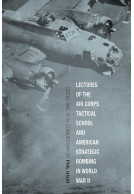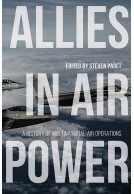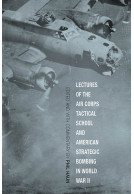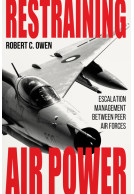Uniting against the Reich (Hardback)
The American Air War in Europe
Series: Aviation & Air Power
Pages: 278
Illustrations: 3 charts, 11 b&w illustrations, 1 b&w table
ISBN: 9780813198286
Published: 9th January 2024
Casemate UK Academic
(click here for international delivery rates)
Need a currency converter? Check XE.com for live rates
On August 17, 1942, twelve Boeing B-17 Flying Fortresses of the United States Eighth Air Force carried out the first American raid over occupied Europe, striking the rail yards at Rouen, France. Soon after, hundreds of American B-17s and Consolidated B-24 Liberators filled the skies above Europe. Despite frequent attacks against Germany and its allies by four different air forces, American commanders failed to stage a successful air offensive against Germany in the summer and fall of 1943. When victory in the air war against the Axis powers appeared bleak at the threshold of 1944, a change in command accompanied by top-down organizational restructuring allowed the American leaders to snatch victory from the jaws of defeat for the first time.
Uniting Against the Reich: The American Air War in Europe addresses how the United States swiftly reversed its air war against the Axis powers by re-evaluatingboth individual agency and the structural elements that impeded the US from taking the lead in the European Theatre. Luke W. Truxal argues that the appointment of General Dwight D. Eisenhower as the Supreme Allied Commander incorporated various air commands under a single authority, which allowed them to unify their efforts against a specific strategic objective. In this narrative, victory in Europe hinged on restructuring the air force under one command system in order to wage a series of sustained and targeted bombings against German infrastructure and industry. Truxal's provocative reinterpretation of personality, material, and command organization helps to explain the success of the American war effort in Europe leading up to and after February 1944, when Germany lost 355 fighters during an operation that lasted only five days. This comprehensive and well-written account offers a compelling new assessment of the development of the American war in Europe and emphasizes the importance of developing an "air-mindedness" when evaluating and strategizing large-scale operations.




















